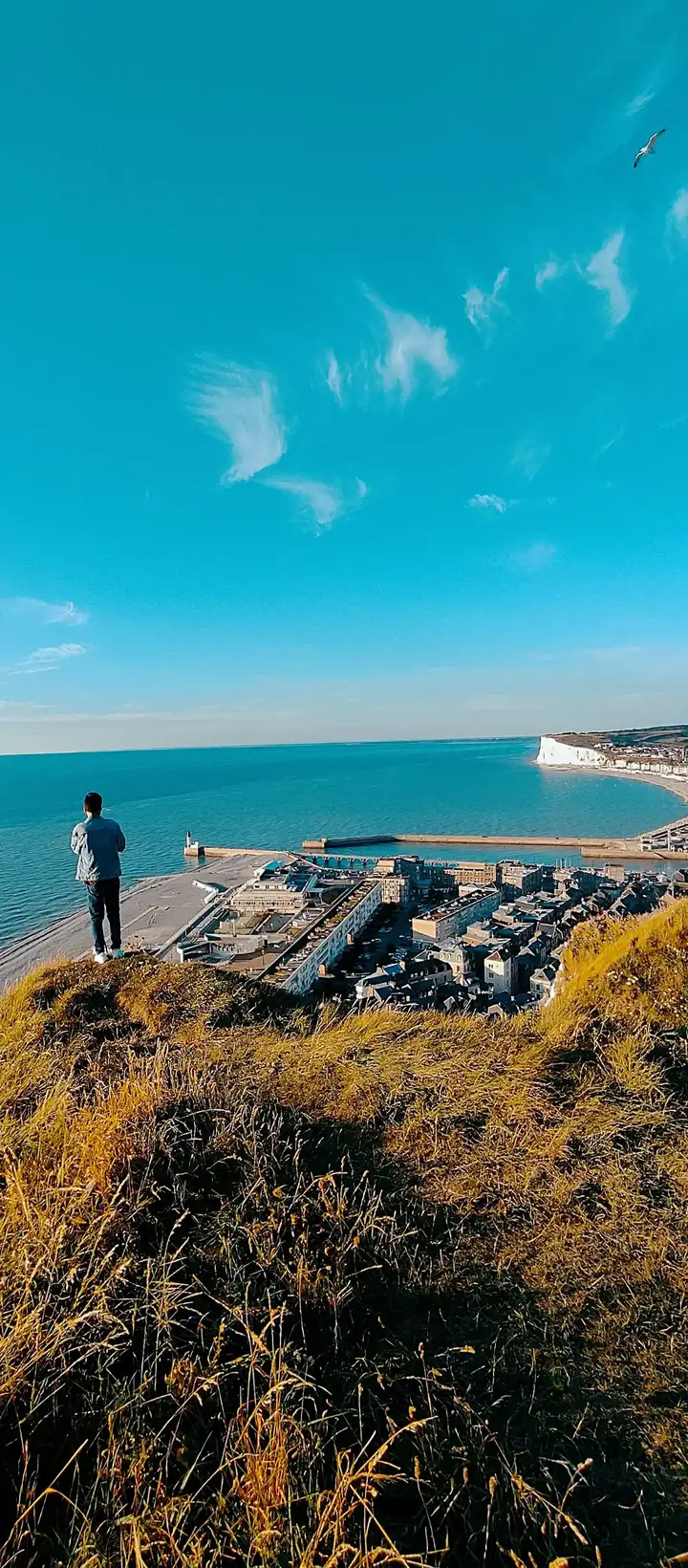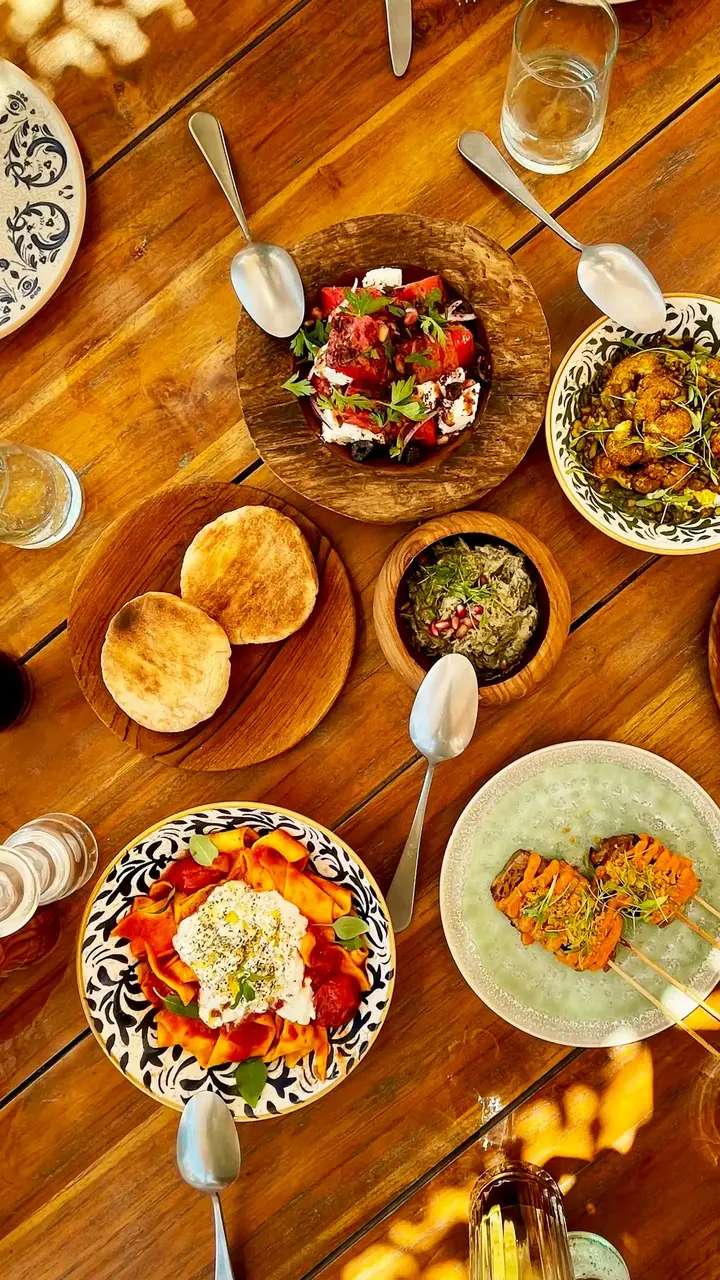الضروري أحيانًا إغلاق التطبيقات تمامًا لعدة أيام لاستعادة توازنك النفسي.
للتخلص من الضرر المتزايد، اتبع خطة عملية. ابدأ بوضع ساعة دخول وخروج ثابتة؛ مثلًا، تفتح التطبيقات فقط من الساعة الثامنة حتى التاسعة مساءً، وتبتعد عنها فور الاستيقاظ وقبل نومك بساعتين لتحافظ على هدوء عقلك وجودة راحتك.
أطفئ كل الأصوات والرموز التي تُضيء الشاشة؛ كل إشعار يقطع تركيزك أثناء العمل أو أثناء حديثك مع أهلك. انسَخ متابعة الحسابات التي تُبثّ الشكوى أو الخوف، وابقَ على الصفحات التي تُقدّم محتوى هادئًا أو مفيدًا؛ بذلك يتحسّن ما يصلك يوميًا من رسائل وصور.
ثبّت تطبيقًا يحسب لك الدقائق التي تقضيها، وعندما يُنبّهك بانتهاء الوقت المسموح أغلق الهاتف فورًا. اختر يومًا كاملًا كل أسبوع أو عطلة نهاية كل شهر تُعطل فيها كل برامج التواصل، تخرج فيها للحديقة أو تقرأ ورقيًا لتستعيد صلتك بنفسك وبالناس من حولك.
اخرج من البيت تمشّ أو اركض نصف ساعة؛ الحركة تُفرغ الطاقة المكبوتة وتُخفّف الحاجة للمسّ الهاتف. جرّب هواية لا تحتاج شاشة: ارسم لوحة بألوان مائية، أو اقرأ رواية كاملة، أو تعلّم عزف مقطوعة بسيطة. اجلس قليلًا كل يوم تراقب أنفاسك؛ التأمل يُدرب عقلك على التركيز الحاضر ويُخفّض الضغط النفسي.
رتّب لقاءً حقيقيًا مع صديقك في مقهى قريب، أو زُر والدتك دون أن تُخرج الهاتف من جيبك؛ الحديث المباشر يُعطيك دفءًا لا تُقدّمه الرسائل الإلكترونية. إذا شعرت أن التطبيقات تُدير يومك وتُسبب لك أذى واضحًا، اطلب مساعدة مختص نفسي يُرشدك إلى خطة علاجية مناسبة.
الهدف ليس حذف كل حساباتك، بل أن تضعها في إطار زمني صارم يخدم صحتك. خطوات بسيطة مثل إيقاف الصوت أو ملء يومك بنشاط بدني تُعيد التوازن تدريجيًا. تنظيف حياتك من الفوضى الرقمية يعني أن تستيقظ مرتاحًا وتنام قرير العين، وتعيش يومك بعيدًا عن مقارنة الآخرين، فتصل إلى حياة هادئة ورضا داخلي.
عبد الله المقدسي
· 20/10/2025


